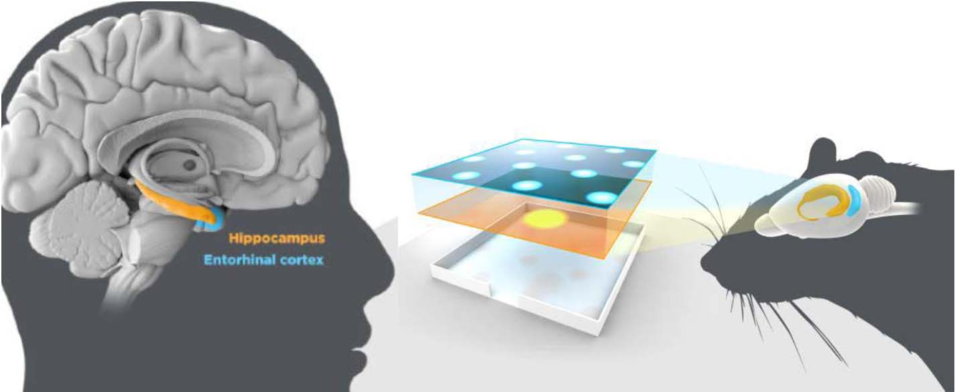Neural maps of space: How do we know where we are?
Public Introductory Lecture by
Prof. Edvard Moser, Winner of the 2014 Nobel Prize in Physiology / Medicine
| Date/Time: | Thursday, 15th of January 2015, 17:00 |
| Location: | TUM auditorium 2300, Friedrich von Thiersch Hörsaal, Entrance Gabelsbergerstraße, 80290 Munich |
Download presentation slides
Abstract
This talk will focus on the neural substrate of our ‘sense’ of space and the methods used todecipher this neural code. I will show how the entorhinal cortex and hippocampus of the mammalianbrain form a dynamically updated map of external space. Research from my lab has demonstratedthat cells in the entorhinal cortex are part of a universally applicable neural map for space, consistingof multiple functionally specialized cell types entangled in a complex neural network. A key cell typeis the grid cell, which we discovered in entorhinal cortex in 2005. Grid cells fire selectively at regularlyspaced positions in the environment such that, for each cell, activity is observed only when theanimal is at places that collectively define a repeating triangular pattern tiling the entire environmentcovered by the animal, much like the holes of a Chinese checkerboard ora bee hive. The spatially periodic activity pattern provides the brain witha metric for distance as well as direction. I will show that, togetherwith direction cells and border cells, grid cells generate adynamically updated map of current location that may be usedwhen we try to find our way from one place to the next.

The event is sponsored by our EU FET collaboration Gridcells: from brains to technical implementations.
Additional Information: http://www.nobelprize.org/nobel_prizes/medicine/laureates/2014
